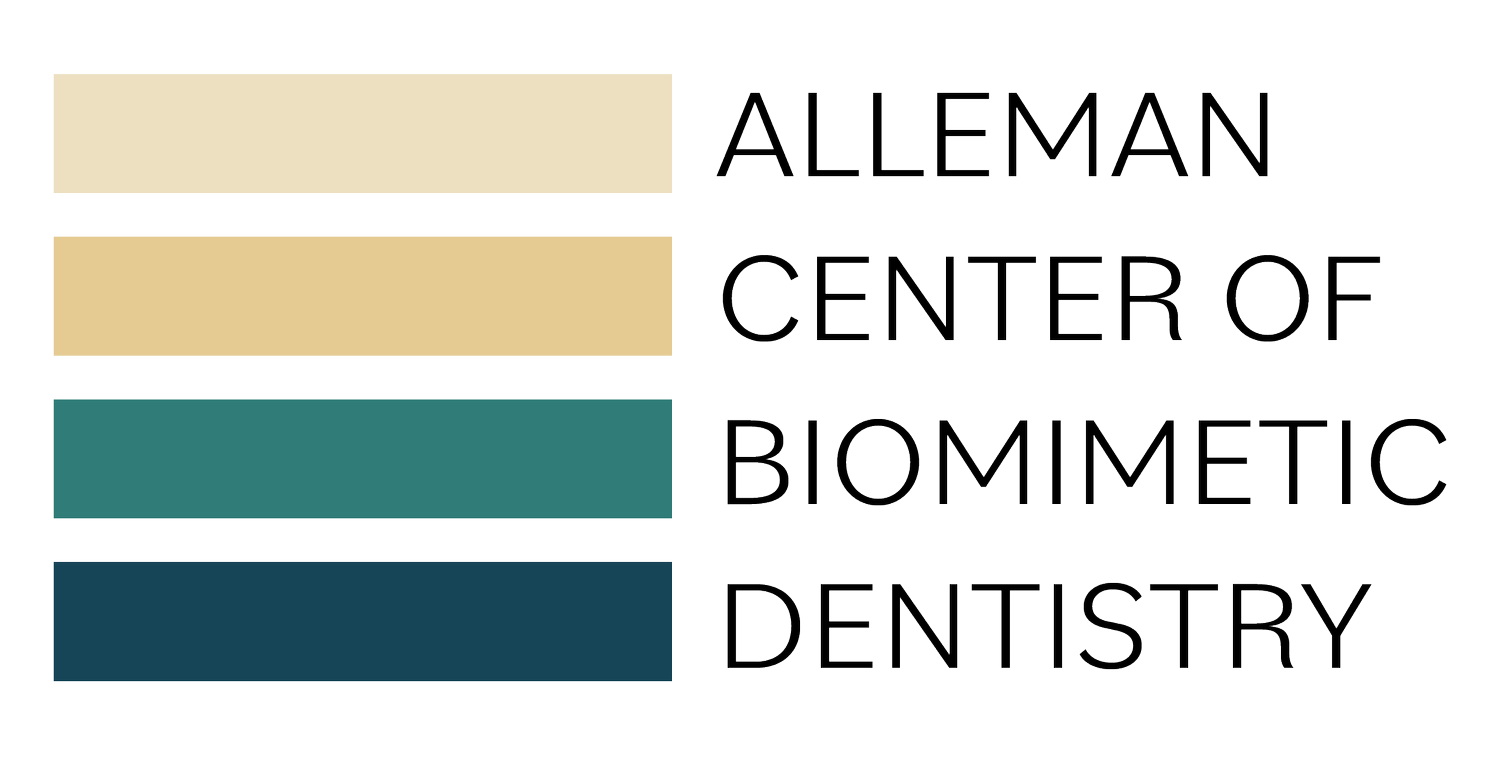What is C-Factor?
Configuration factor, also called C-factor, is most simply described as the ratio of bonded to unbonded surfaces. While this definition is taught in dental school, few dentists are equipped to mitigate C-factor stresses in their dental restorations. Understanding and reducing C-factor stresses is essential to a restoration that stays bonded long-term, and techniques for overcoming these stresses are part of Lesson 4 of Dr. David Alleman’s Six Lessons Approach to Biomimetic Restorative Dentistry.
How C-factor affects restorations
As dental composites polymerize, they will shrink to the most highly bondable surface. This is called flow. High C-factor restorations like Class II preparations have multiple bondable surfaces, so the less bondable surfaces, like deep dentin or caries-infected dentin, will likely lose their bond during polymerization. This creates a gap under the restoration, a cause of post-operative sensitivity and opportunity for recurrent decay. Class II restorations, generally considered a simple restoration, now become more complicated.
When replacing this old Class II amalgam restoration, Six Lessons Approach techniques ensure the high C-factor does not affect bond strength. Case by Dr. Davey Alleman, DMD.
Most dental bonding agents are tested on flat surfaces where C-factor is not a variable. This means bond strengths in the lab do not reflect bond strengths in every case. Practitioners must consider C-factor in their prep design and adhesive protocols to avoid debonds in their hybrid layer.
Managing varying substrates and C-factor in restorative dentistry
When Dr. David Alleman began researching the cause of post-operative sensitivity and failing adhesive restorations in 1995, understanding C-factor was key to solving these common issues for patients. Using dental bonding agents and dental composites as recommended by manufacturers wasn’t enough to achieve long-term success.
Through this research he pioneered his concepts of the Hierarchy of Bondability and Decoupling with Time, both of which help reduce C-factor stresses. As doctors learn to treat deep caries and deep vertical cracks predictably, C-factor increases in these trenches required to treat the pathology. Lesson 4 of his Six Lessons Approach teaches the protocols to reduce C-factor stresses during restoration, creating a hybrid layer that stays bonded for years, if not decades.
This case by Dr. Davey Alleman, DMD shows how treating deep cracks and caries does not have to mean compromising bond strength thanks to the Six Lessons Approach.
How biomimetic dentistry overcomes C-factor concerns
Biomimetic dentistry, as taught in the Six Lessons Approach, eliminates the concern of C-factor by restoring a tooth to replicate a natural tooth’s form and function (mimic nature = bio-mimetic). Decoupling with Time creates a hybrid layer that seals the dentin while creating a more bondable surface for enamel replacement. Deep defects are elevated with deep margin elevation, preventing the need for crown lengthening surgery while allowing deep caries or deep cracks to be treated predictably. The advanced techniques of biomimetic dentistry restore a tooth so it is sealed around the pulp chamber, allowing it to bend and flex like a natural tooth. The techniques taught in the Six Lessons Approach gives doctors anywhere the option to restore teeth so they stay bonded and vital for decades.
Learn more about advanced adhesive dentistry and biomimetic restorative dentistry at Alleman Center continuing education dental training programs.
Learn more about C-factor in this Six Lessons Approach Podcast episode by Dr. David Alleman, DDS.












